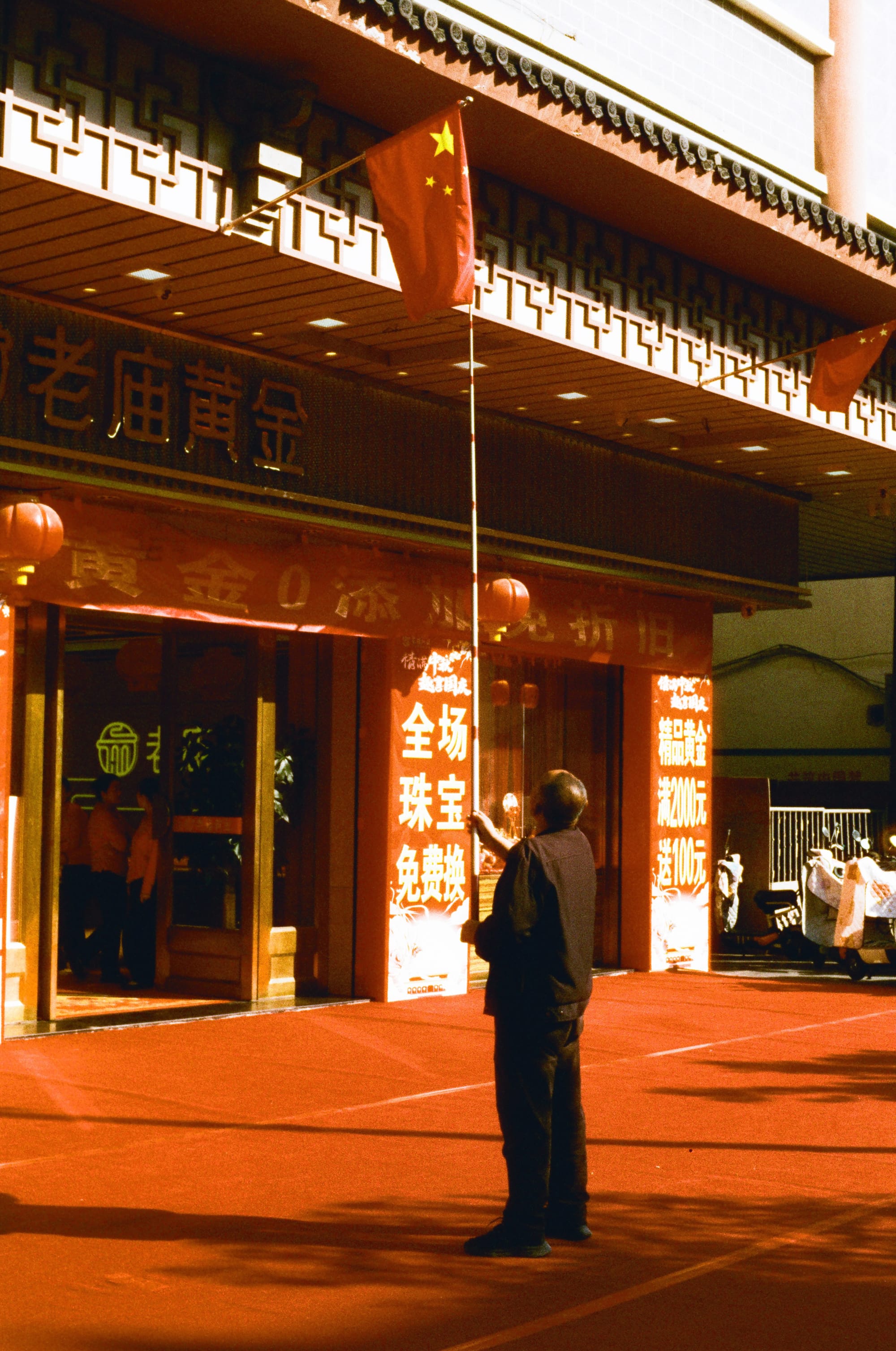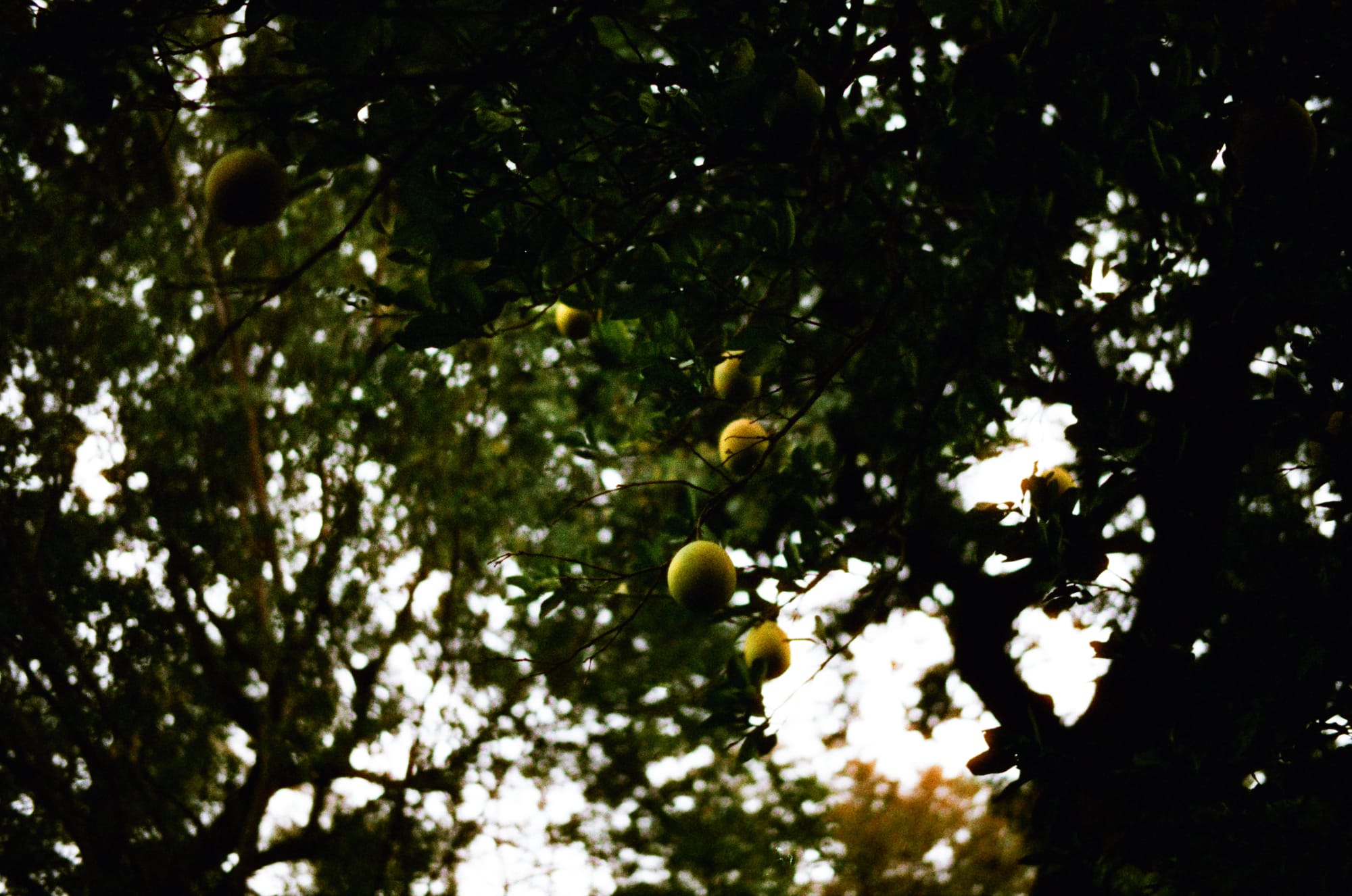A Review Of Harman Phoenix 200 Film
It's a frustrating experience in that regard, as I was only able to achieve perfect exposure with a handful of images out of the two rolls I shot. When both the blacks are crushed and the highlights are missing detail, sadly everything just looks a little bit wrong.

Decaf Journal is reader-supported. When you buy links through our site, we may earn an affiliate commission.
The analog film industry has had an interesting last couple of years. From Fujifilm bringing back their beloved Neopan 100 Acros II black and white negative film, to the highly anticipated release of the quirky Pentax 17 half frame camera, we're seeing signs of life that film is coming back in a big way.
To add to this momentum, Harman, a company that has been exclusively producing high quality black and white negative films for over a hundred years under the Ilford brand announced a brand new color negative film in late 2023. Harman Phoenix 200 is their first color negative film offering ever, which is a significant achievement for Harman and an exciting milestone for the analog film community. More recently, Harman's recent “multi-million-pound” investment into new technology has only further solidified their commitment to the future of analog photography, which is wonderful news for anyone who is passionate about the medium.
I can only imagine the complexity involved in creating an entirely new color film from scratch, and I applaud their valiant efforts. That said, I've been reading incredibly mixed reviews about Harman Phoenix 200 for months now as film photographers of all stripes seem pretty divided on this particular film stock. Naturally, I simply had to find out the answer to this question firsthand for myself. Is it really as good or as bad as they say?


© Nicklaus Walter


© Nicklaus Walter
I purchased a couple rolls of Harman Phoenix 200 and loaded them into my Canon EOS 1N, which is always paired with a Zeiss Milvus 50mm 1.4 ZE lens. Shooting with a modern Zeiss lens on film is truly a sublime combination. In terms of metering, I rated the film at ISO 100, which does appear to be the sweet spot in terms of the film's preferred exposure.
The images were then scanned on a Noritsu HS-1800 scanner, which is the only viable option if you're not scanning this film yourself at home. It's a mistake to use a Fuji Frontier scanner for this film, as the results are completely unusable.
Given that Harman describes Phoenix 200 as an "experimental film" I feel it's important to keep an open mind about the whole experience, and at the same time share my honest results without sugar coating its shortcomings. So how did the film perform under a variety of circumstances and lighting conditions?




To be perfectly honest, not very well. One of the most compelling reasons for shooting color negative film in general is for the excellent exposure latitude and retained highlight detail that is normally inherent to these types of film stocks. Unfortunately, with Harman Phoenix 200 I found that my images were simultaneously overexposed and underexposed in almost every frame.
Even relatively low contrast scenes are rendered in a muddy tone. You can never quite see enough in the shadows, and you can never retain sufficient detail in the highlights. It's a frustrating experience in that regard, as I was only able to achieve perfect exposure with a handful of images out of the two rolls I shot. When both the blacks are crushed and the highlights are missing detail, sadly everything just looks a little bit wrong.
The dynamic range appear to be even less than that of modern day slide films which did leave me feeling surprised to say the least. I also noticed a significant color shift under artificial lighting or in instances where the camera's exposure varied slightly between frames. This makes trying to get consistent results with this film a significant challenge, and one that most film shooters won't be up for.




It isn't all bad though. I actually did find that the colors from Harman Phoenix 200 can be quite pleasant when the film is perfectly exposed. Reds, greens, blues, and yellows are tastefully reproduced in manner that's sure to be pleasing to the eye. I also like the grain pattern of this film. It provides just the right amount of texture to give the film a tactile feel without being overly distracting.
It's worth noting that Harman Phoenix 200 is also prone to halation when a prominent light source is visible in frame. I actually welcomed it in some instances, as it added some character to the images. It is however, not going to be ideal for everyone or every scenario.



© Nicklaus Walter

Pros
- First true new color negative film stock in several years
- Colors can look quite pleasing when the film is perfectly exposed
- Appealing grain structure
Cons
- Extremely narrow latitude often results in both over and underexposure in the same frame
- Significant color shifts occur under artificial light and slight exposure changes
- Film has a general tendency to produce muddy tones
- Cannot be properly scanned using a Fuji Frontier scanner
- Film is prone to halation when light sources are visible in frame



Verdict
Personally, I didn't enjoy my time with Harman Phoenix 200. It is still very much in the development stage, as this is clearly a beta product through and through. The near constant exposure issues, color shifts, muddy tones, and difficulty in scanning make it a tough sell at the end of the day.
The only reason to purchase this film is to support its continued development. If you buy it with the expectation that you'll be getting back results similar to what you get from professional grade color negative films such as Kodak's Portra series, you'll be left disappointed to say the least. But while I can't recommend this film to anyone, I am honestly thankful that it exists.
I strongly support Harman's bold initiative to create a new color negative film, and it's important to remember that this is merely a first iteration. With Harman Phoenix 200 they've proven that they can do it, and that alone is a big win for film photography.










